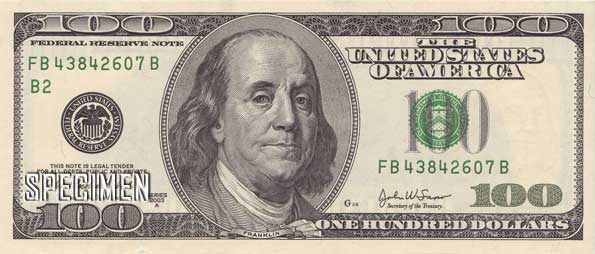
Art and speculation
In art and the speculation that drives it, fashion and the art market are undeniably intimately linked. This creates an ecosystem in which the intrinsic value of works of art often becomes subordinate to financial and cultural dynamics. Indeed, this phenomenon is based on the confusion between artistic value and speculative price. This difference has become more pronounced over the decades, particularly with the globalization and financialization of art.
The role of fashion in art market speculation
As in the fashion industry, the art market is strongly influenced by cyclical trends. But also by aesthetic trends. Influential artists, galleries and collectors often define what is "in". This creates an artificial demand for certain styles or artists. What's popular one day can become obsolete the next, just like haute couture trends. This also causes prices to fluctuate. This variation does not necessarily reflect the artistic or historical value of a work.
Certainly, galleries, museums and art fairs play a key role in this promotion. They are comparable to fashion showcases where certain works are highlighted. This undoubtedly conditions the interest of buyers and collectors. In addition, the influence of social media has further accentuated this trend, where works can go viral simply by virtue of their visibility. No matter what their quality or deeper meaning.
Speculation in art
One of the most striking trends in the art market is speculation. Works of art have become financial assets in which some investors see opportunities to make quick profits. Collectors, and above all specialized investment funds, buy works not for their beauty or meaning, but for their potential value. This creates speculative bubbles. The price of a work explodes because it is perceived as a rare object or a mark of social status.
These practices distort the relationship between the work and its value. Indeed, the price collectors are willing to pay can be amplified by spectacular auctions. Rarity organized by galleries, or the prestige of an artist's name. In this context, price is no longer determined by artistic quality. Prices are set by the dynamics of supply and demand in a market saturated by financial players.
Confusion between price and value
This confusion between price and value is at the heart of the debate on speculation in the art market. The value of a work should be linked to aesthetic, historical or emotional criteria. It reflects the artist's innovation, the relevance of the message or the work's impact on society and art history. These notions are increasingly disconnected from price. It is often the result of market manipulation or commercial strategies aimed at maximizing profits.
Art is transformed into a commodity, with works changing hands like shares on the stock market. The media coverage of record sales (such as paintings sold for hundreds of millions of dollars) contributes to this idea that art is above all an investment object, where the question of return on investment takes precedence over that of aesthetic experience or cultural contribution.
Consequences for art and artists
This excessive speculation has repercussions on artistic production itself. Some artists, in search of commercial success, adapt their work to please the trends of the moment and influential buyers, creating works that conform to market expectations rather than following a personal artistic approach. Others, less fashionable, struggle to make a name for themselves despite the quality of their work.
What's more, for the general public and amateur collectors alike, exorbitant prices are making art increasingly inaccessible. In favor of a mercantile vision of art, the idea that art can be contemplated and appreciated for its own sake is being lost. It is seen as a symbol of prestige or a means of diversifying an investment portfolio.
Conclusion
In short, the confusion between price and value in the art market stems mainly from the combined influences of fashion and speculation. While the art market offers new economic opportunities for artists and investors, it also raises the question of art's real place in society. Speculation often leads to the over-valuation of works, while their artistic, historical or symbolic value can be eclipsed by market mechanisms. The result is a distortion in which art sometimes loses its essence, becoming a mere commercial commodity subject to the whims of trends and financiers.
